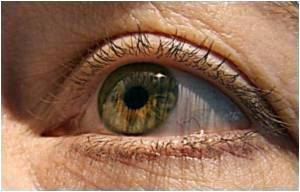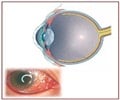A novel way to use a radical new type of gene therapy to prevent blindness caused by retinitis pigmentosa has been discovered by scientists.

The discovery already is being used to develop new treatments for another disease - macular degeneration, the leading cause of blindness in the United States.
"I am thrilled about it. That's why we have been working so hard to get this as quickly as possible through the necessary experiments, so we can publish our findings and take it out to the patients," Naash said.
"We hope the results of our study will be instrumental in generating a cure for the debilitating blindness associated with retinitis pigmentosa and other inherited and acquired retinal diseases. We want to give Oklahomans and others suffering from these diseases renewed independence and quality of life," Naash added.
Utilizing nanoparticle technology, scientists created a microscopic capsule capable of carrying genetic therapies to their destination inside cells of the retina.
The tiny delivery vehicle is being tested with a variety of gene therapies in animal models with the potential of treating several diseases from bladder cancer to diabetes.
Advertisement
Robert E. Leonard, an ophthalmologist at the Dean McGee Eye Institute, said: "This is an incredible breakthrough in terms of being able to treat with gene therapy. Outside of gene therapy, we are at a loss to be able to treat these patients, so this is incredibly important research."
Advertisement
Source-ANI













